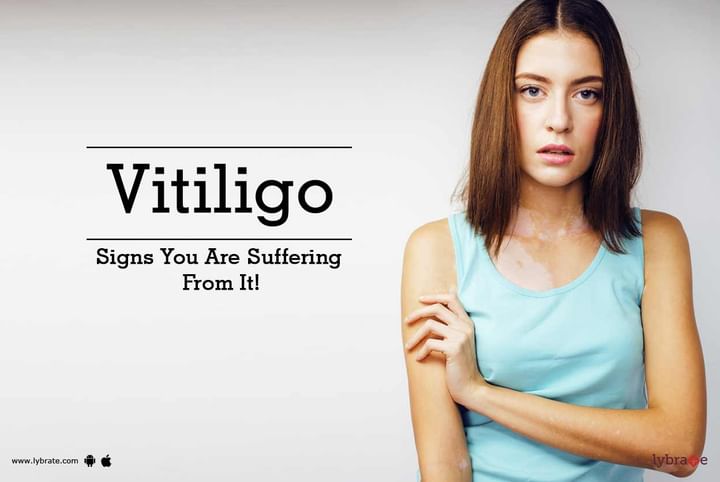Vitiligo - Signs You Are Suffering From It!
If you see continual and long-term white patches of depigmentation on your skin, it could be vitiligo. Vitiligo is a condition that appears when melanocytes in your skin are no more alive. This bunch of cells is responsible for producing the melanin pigment that endows the skin with its colour as well as protects it from the harmful UV rays. The area which may be affected by this dermatological disease varies from person to person, and it can also affect the hair, mouth and eyes as well. In most cases, the vitiligo affected area stays discoloured for the rest of the patient’s life.
Various types of vitiligo and their symptoms
Scientists have classified vitiligo into two types: segmental and non-segmental. The non-segmental vitiligo is the most common variant and 90 percent of vitiligo affected patients suffer from this kind of disorder. In this disease, the patches take place with little symmetry on both sides of the body. It can be further broken down into 5 sub-divisions.
- Generalised vitiligo: It can occur at any part of the body without any rules, and this is by far the most common type.
- Acrofacial vitiligo: It is mostly seen on the toes and fingers.
- Mucosal vitiligo: In this condition, the discolouration normally takes place around the lips and mucous membranes.
- Universal vitiligo: This is the rarest type of vitiligo where the whole body is covered in white patches.
- Focal vitiligo: This is most commonly found in children. The children have white and scattered patches across the body.
Possible treatments for vitiligo
Though there are no treatments possible that will re-pigment your skin to its original colour, there are several remedies that aid in decreasing the visibility of white patches on the affected areas of the skin. Some of them include:
- Phototherapy with UVB radiation: This is a common form of treatment where the affected area is exposed to UVB radiation and can be performed at home too. If you have large white spots across the body, it is important to have the treatment performed by an expert at any healthcare centre.
- Phototherapy with UVA radiation: In this treatment, a drug is first administered for increasing skin’s sensitivity to this radiation. Then the affected area of the skin is exposed to high doses of UVA radiation.
- Skin camouflage: In mild cases of vitiligo, cosmetic creams and make-up can be used to camouflage the affected area. It can last for about 12- 18 hours when applied in proper techniques.
In case you are suffering from vitiligo, it is crucial to speak with an expert and opt for the best means to curb down the impact of vitiligo.



+1.svg)
